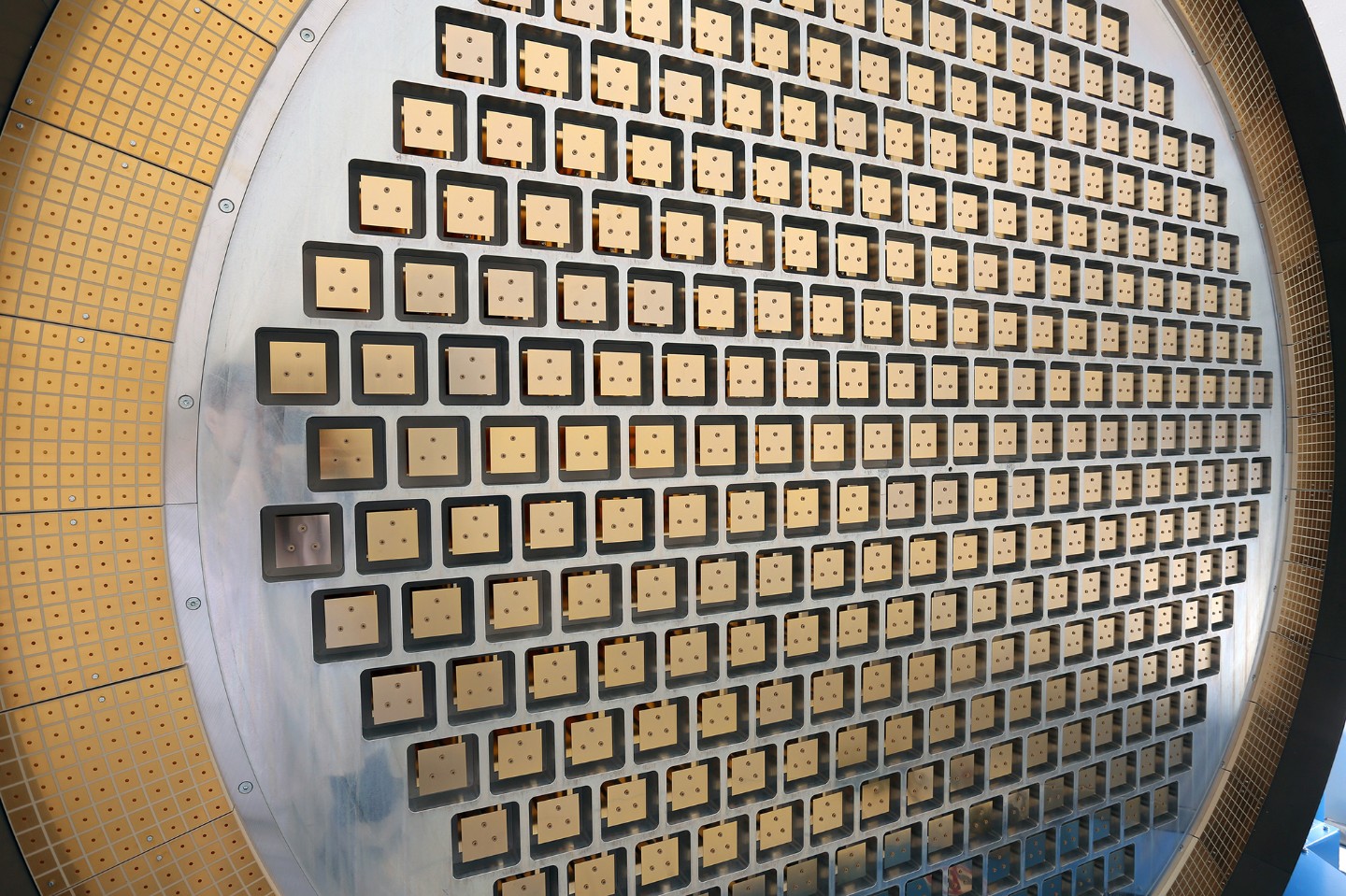Smart and Healthy Living
GESTRA: The near-earth orbit always “in sight”
In order to monitor the near-Earth orbit and to know which objects are moving there, a phased array radar with high beam agility is required. Fraunhofer FHR has built such a system on behalf of the German Federal Ministry of Economics and Technology: In Autumn 2020, the researchers officially handed over the semi-mobile space surveillance radar GESTRA to the German Aerospace Center (DLR).


Phased array radar for monitoring the low earth orbit
What is buzzing where in the low earth orbit (LEO)? In the LEO, satellites that transmit important information to us follow their orbits. However, space debris poses a danger to the satellites. In order to be able to warn satellite operators in time if a piece of scrap metal threatens to come dangerously close to a satellite, the American space surveillance system creates a global catalog – the US SSN Catalog. In this catalog, most of the larger flying objects in LEO are listed. Germany is also currently using the American data, but would like to free itself from this dependence with its own resources. However, this requires two different radar systems: One that tracks and images individual space objects – this is done by the space observation system TIRA at the Fraunhofer Institute for High Frequency Physics and Radar Technology FHR. And another one that performs the monitoring function, i.e. tracks down the various objects in a large section of space. This can only be done by a phased array radar with a high range and beam orientation, which has not been available on the German side so far.
Core competence: Fast Space Surveillance
The German Federal Ministry of Economics and Energy (BMWi) therefore commissioned Fraunhofer FHR to set up such a phased array radar: From the conception and design phase to the operational system. The design envisages a quasi-monostatic system consisting of separate transmitter and receiver systems. The phased-array antennas are each mounted on a 3-axis positioner: this allows the monitoring area to be first set mechanically and then scanned electronically within milliseconds. The radar beams are used to create a kind of fence, similar to a windshield wiper: any object large enough to pass through the fence is detected. The unique feature of GESTRA is that it is semi-mobile, i.e. it can be set up at any location.
Autumn 2020: Handover to DLR
By, the GESTRA system has been completed. In July 2020, GESTRA was shipped to Schmidtenhöhe near Koblenz in Southwestern Germany connected to the local infrastructure. This was followed by system verifications for the German Aerospace Center (DLR). And the series acceptance tests of the components from Fraunhofer FHR, in particular the electronics in the transmitting and receiving antennas. In September 2020, GESTRA was officially handed over to the DLR. With the new radar system, the Space Operations Center will produce a German catalog. If an object from this catalog is then to be examined more closely, the researchers of Fraunhofer FHR will track and image it with the help of TIRA.
Last modified: